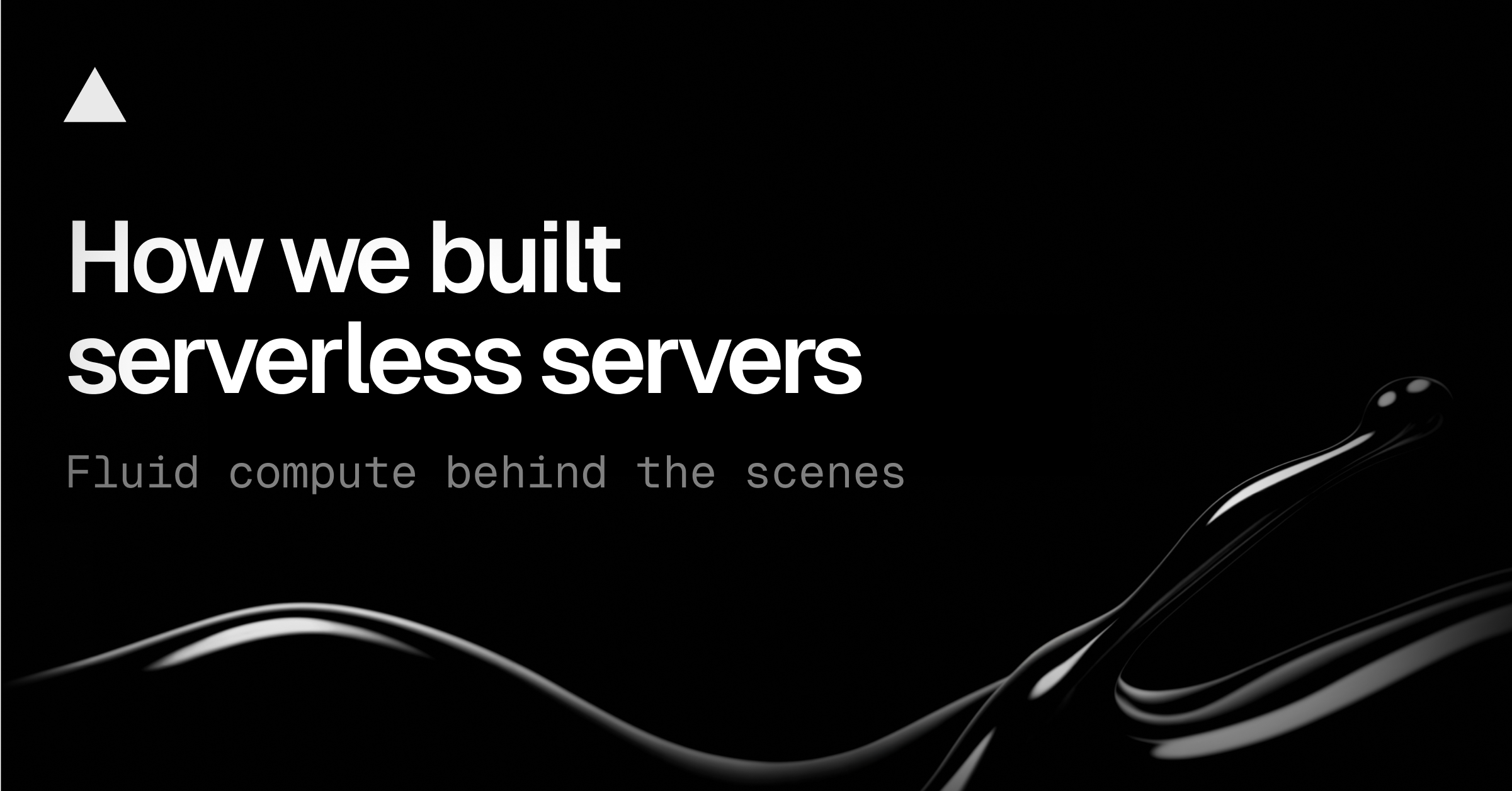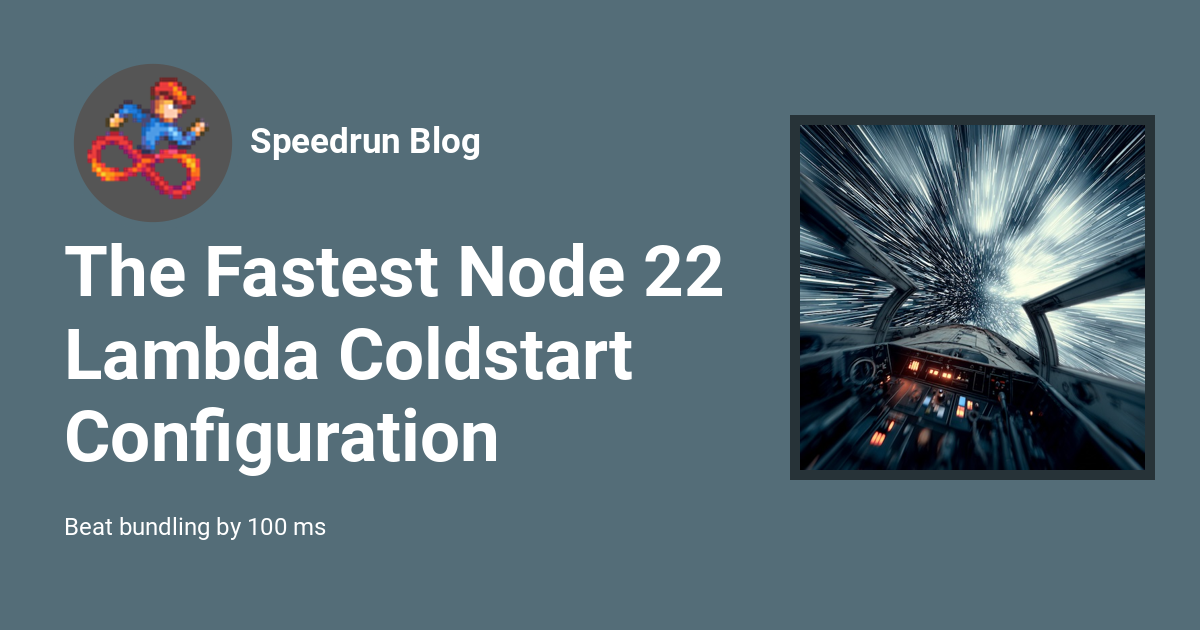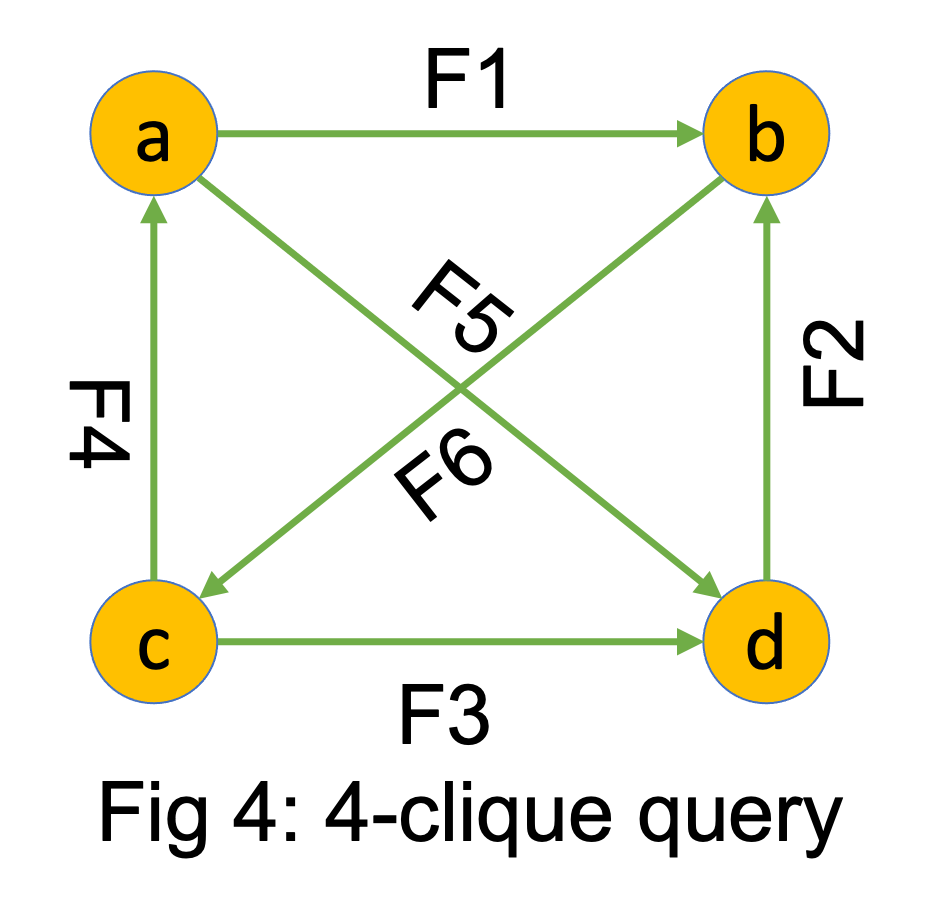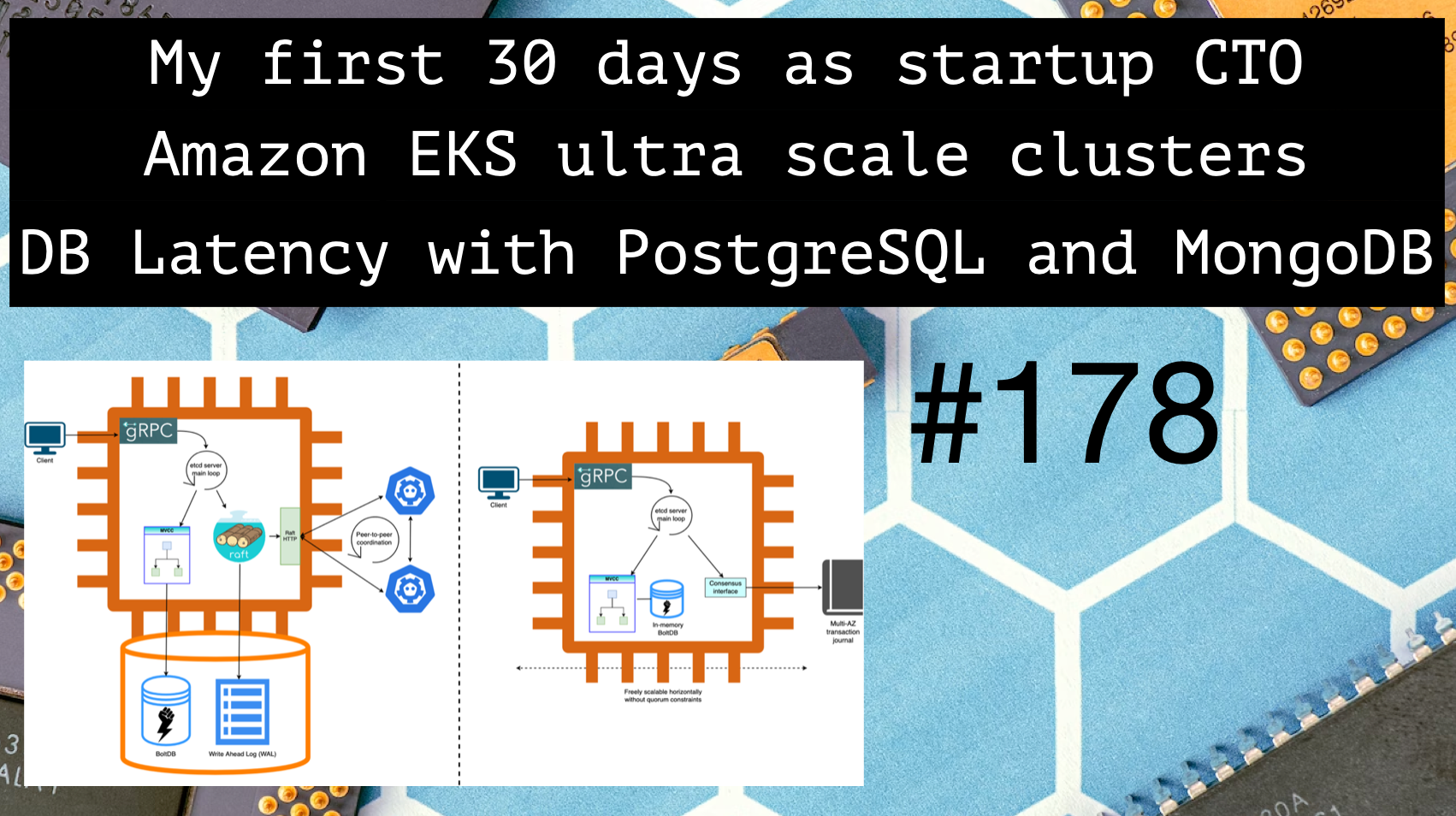Architecture Weekly Issue #178 . Articles, books, and playlists on architecture and related topics. Split by sections, highlighted with complexity: 🤟 means hardcore, 👷♂️ is technically applicable right away, 🍼 - is an introduction to the topic or an overview. Now in telegram and Substack as well.
Highlights
My first 30 days as startup CTO 🍼
My first month as an official CTO of getsupplied.ai passed and I share the 3 main takeways of this period: doing everything, riding an emotional pendulum swing and having fun in the process.

#startup
Amazon EKS ultra scale clusters 👷♂️
Do you have a Kubernetes cluster of 100,000 nodes? Well, at least now you may have one in AWS EKS. It's fascinating to run such kind of systems and AWS shares how those clusters deploy nodes, run upgrades and handle errors. Grab a read.

#aws #kubernetes
Database Latency with PostgreSQL and MongoDB 👷♂️
Usualy performance tactics include caches, indexes, sharding. However the majority of developers missing one simple truth: data modelling bring you the biggest benefit. See how this thesis is supported in transaction latency comparison of PostgreSQL vs MongoDB by Frank Pachot.

Follow-Up
Fluid compute: How we built serverless servers 🍼
Vercel made something peculiar with AWS Lambda: instead of using standard request-response scheme, they made the Lambda connect back to their own infrastructure to implement response streaming(which is now supported out of the box). Find the details inside.

#lambda
The Core Principles of Robust Data Modelling 👷♂️
As we already learned, data modelling is a key to performance. It is also a key to your data warehouse and data lake solutions as a whole. Find out about stages, naming conventions and shift left approach in data modelling.

#dwh
The faster Node 22 Lambda Coldstart Config 👷♂️
Cold start is one of the biggest nuance in lambda. Optimizing cold start increases the customers UX significantly. David Behroozi manages to squeeze 300 ms out of an almost 1 sec for lambda cold start with some fascinating optimizations.

#performance #lambda
Tokens: The New Oil 🍼
Interesting take from none other than Kent Beck himself: for AI software tokens are the new oil. If you fail to supply for the customer demand, your ship will literally sync. Why? Because expansion is a different game than initial build up. Great business considerations for engineering.

Why(Graph) DBMSs Need New Join Algorithms
What do you know about graph databases joins? Apparently, the norm there is to perform join queries a pair of table at a time. If you're searching relations between 3 users of social network such join will perform self on the same table(followers) 3 times. The idea is the performance can be improved in case of cycles(every user follows every next one). Follow the description and multiple paper links inside!

#db #paper
Big thanks to Nikita, Constantin, Anatoly, Oleksandr, Dima, Pavel B, Pavel, Robert, Roman, Iyri, Andrey, Lidia, Vladimir, August, Roman, Egor, Roman, Evgeniy, Nadia, Daria, Dzmitry, Mikhail, Nikita, Dmytro, Denis and Mikhail for supporting the newsletter on Patreon!






